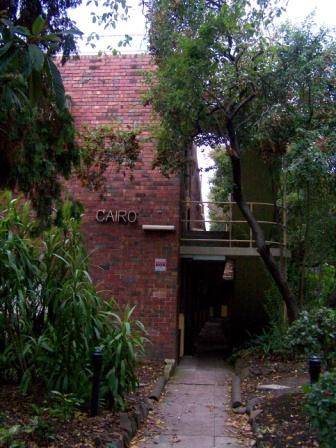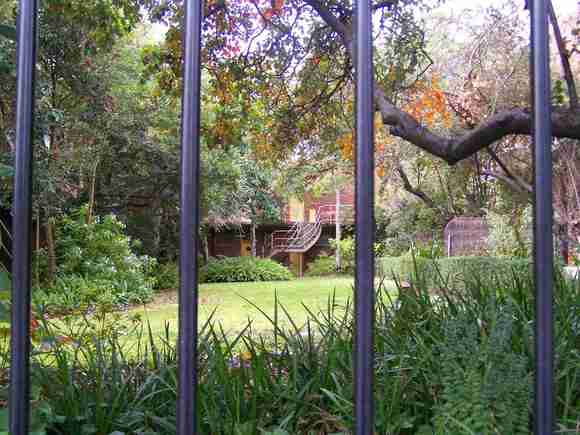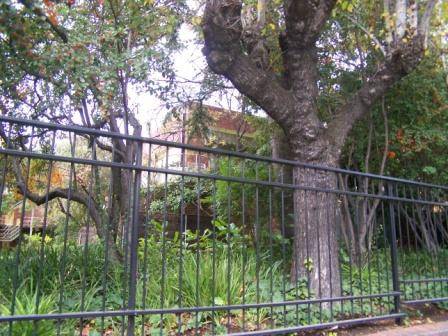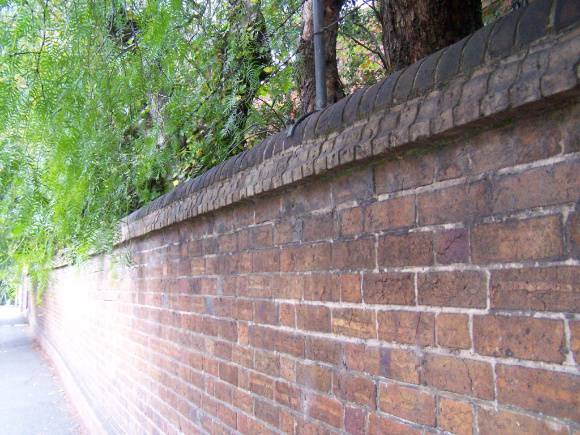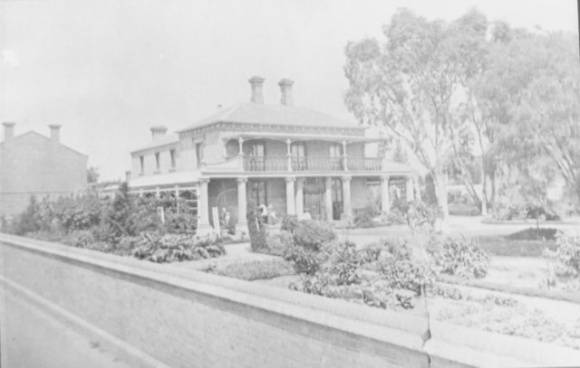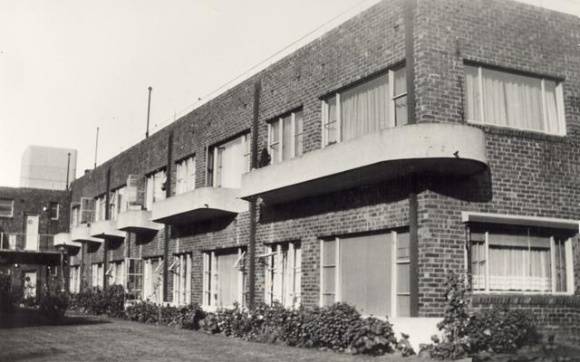| Back to search results » | Back to search page » |
|
Cairo Flats
Location98 NICHOLSON STREET AND 14 HANOVER FITZROY 3065, YARRA CITY LevelRegistered |
|
Statement of Significance
What is significant?
Cairo Flats, built in 1936 and designed by the architect Acheson Best Overend, is a two-storey, U-shaped building, comprising 28 bachelor flats. The flats were constructed of blue clinker brick with projecting, curved balconies and were designed to provide maximum amenity in minimum space for minimum rent. The flats were complemented by a communal dining room, an in-house meal and laundry service, central heating, garages at the rear and a communal flat roof space.
How is it significant?
Cairo Flats is of architectural and historical significance to the State of Victoria.
Why is it significant?
Cairo Flats established a major break with the Maisonette model of flat block, the predominant form of early flats in Melbourne and is significant for introducing the flat to the modernist programme in Australia and for its acknowledgement of the existence of an new, modern way of living.
Cairo Flats is of architectural significance as an early example of the minimal flat type in Victoria. The building is an important example of the International Modern style and established a major break with conventional maisonette flat design. Cairo Flats is significant for Overend's daring use of concrete, especially in the unusual cantilevered stairs. The flats retain their original layout and feature original polished floor boards, timber front doors with small edged portal windows and the original 'D' shaped aluminium internal door handles, possibly the first use of such handles in Australia.
Cairo Flats is of architectural significance as an early example of the minimal flat type in Victoria. The building is an important example of the International Modern style and established a major break with conventional maisonette flat design. Cairo Flats is significant for Overend's daring use of concrete, especially in the unusual cantilevered stairs. The flats retain their original layout and feature original polished floor boards, timber front doors with small edged portal windows and the original 'D' shaped aluminium internal door handles, possibly the first use of such handles in Australia.
Cairo Flats is of historical significance for the insight it provides into changing lifestyles for single people in inter-war Melbourne. At the time of its construction it provided an uncommon type of accommodation in Melbourne, and was important in the development of flats in Victoria. Best Overend's vision for a 'minimal flat with maximum comfort' was manifested in the innovative use of labour-saving devices such as service hatchways, dustbin hatchways, service telephones and the provision of a dining room (now milk bar) and meal service.
Cairo Flats succinctly encompassed the concerns of a new generation of architects in Australia. It is significant for the efficiency and modernity achieved in the planning and detailing of its units, for the progressive nature of its housing program and for Overend's heroic use of concrete structure.
Group
Residential buildings (private)
Category
Flat


